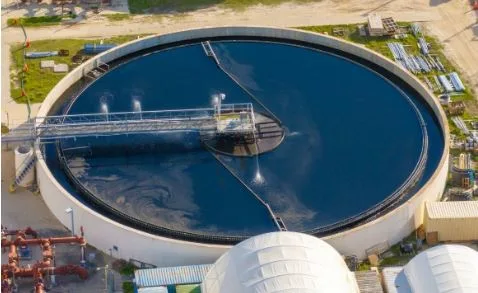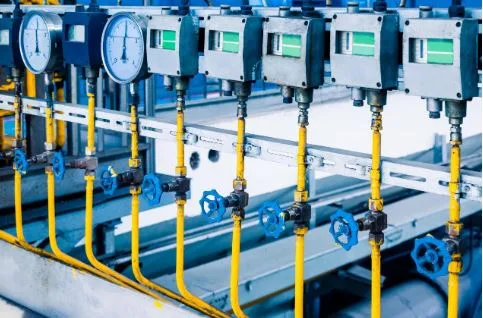Polyaluminum chloride details page: A Superior Coagulant for Modern Water Treatment
Polyaluminium chloride, commonly known aswhat is polyaluminum chloride manufacturer, has emerged as a highly effective solution for water and wastewater treatment facilities worldwide. This inorganic polymer coagulant offers significant advantages over traditional treatment chemicals, delivering superior performance across municipal and industrial applications while reducing operational costs and environmental impact.
Understanding PAC’s Chemical Structure
polyaluminum chloride manufacturer is formed through the partial neutralization of aluminum chloride with a base, typically aluminum hydroxide. The resulting compound, represented by the general formula [Al₂(OH)nCl₆₋n]ₘ, contains polymeric hydroxyl-aluminum complexes that provide exceptional coagulation capabilities. Unlike conventional aluminum salts such as alum, PAC’s polymeric structure enables rapid destabilization of suspended particles and enhanced floc formation across varying water conditions.
The basicity of PAC, which indicates the ratio of aluminum hydroxide content to total aluminum compound, can be customized during manufacturing to suit specific treatment requirements. Low-basicity grades ranging from twenty to forty percent work effectively for low-turbidity drinking water applications. Medium-basicity formulations between forty and seventy percent provide balanced performance for moderate-turbidity effluents. High-basicity variants exceeding seventy percent excel in treating industrial wastewater with turbidity levels above two hundred nephelometric turbidity units.
Mechanisms of Action
PAC operates through three synergistic mechanisms that ensure comprehensive treatment. First, its high-positive-charge aluminum hydroxide polymers neutralize the negative charges on suspended colloidal particles, destabilizing them and enabling aggregation. Second, the polymeric chains create adsorption bridges between particles, forming larger and denser flocs that settle rapidly. Third, at optimal dosing levels, aluminum hydroxide precipitates form a gelatinous network that physically enmeshes remaining suspended solids through sweep flocculation.
These combined actions allow PAC to function effectively across a broad pH range of five to nine and temperature range of five to forty degrees Celsius, providing operational flexibility that traditional coagulants cannot match.
Practical Applications and Benefits
Municipal drinking water plants utilize PAC to remove turbidity, color, and organic materials, achieving effluent clarity below point one nephelometric turbidity units. In wastewater treatment, PAC enhances biological treatment processes and improves sludge settling characteristics. Industrial facilities across textile, paper, petrochemical, and mining sectors depend on PAC for color removal, heavy metal precipitation, and oil separation.
The advantages of PAC over conventional coagulants are substantial. Facilities typically require only twenty to fifty milligrams per liter of PAC compared to one hundred to three hundred milligrams per liter of alum. This lower dosing requirement translates directly to reduced chemical costs and handling requirements. PAC produces fifteen to twenty-five percent less sludge volume due to denser floc formation, significantly decreasing disposal costs. The broader pH tolerance eliminates the need for extensive pH adjustment in many applications, simplifying operations and reducing auxiliary chemical consumption.
Implementation Considerations
Successful PAC implementation begins with proper jar testing to determine optimal dosing for specific water characteristics. Facilities can choose between liquid formulations offering immediate usability and powdered products providing lower transportation costs and extended shelf life. Continuous monitoring of turbidity, pH, and residual aluminum ensures consistent treatment performance while maintaining compliance with drinking water standards.
For organizations seeking to improve treatment efficiency while reducing costs and environmental impact, polyaluminium chloride represents a proven, reliable solution backed by decades of successful industrial application.





